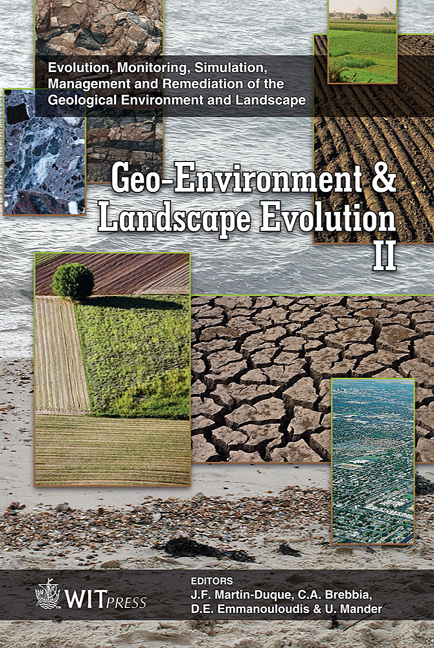Developing Design-oriented Strategies To Combat Regional Scale Climate Change
Price
Free (open access)
Transaction
Volume
89
Pages
10
Published
2006
Size
389 kb
Paper DOI
10.2495/GEO060201
Copyright
WIT Press
Author(s)
B. Stone, Jr
Abstract
This paper presents a study of residential parcel design and surface heat island formation in a major metropolitan region of the southeastern United States. Through the integration of high-resolution multispectral data (10 m) recorded by the National Aeronautical and Space Administration (NASA) with property tax records for over 100,000 single-family residential parcels in the Atlanta, Georgia metropolitan region, the influence of the size and material composition of residential land use on an indicator of surface heat island formation is reported. In contrast to previous work on the urban heat island effect, this study derives a parcel-based indicator of surface warming to permit the impact of land use planning regulations governing the density and design of development on the excess flux of heat energy to be measured. The results of this study suggest that the contribution of individual land parcels to regional surface heat island formation could be reduced by approximately 40% for average sized parcels through the adoption of specific land use planning policies, such as zoning and subdivision regulations, and with no modifications to the size or albedo of the residential structure. Keywords: climate change, urban heat island effect, land use, urban planning. 1 Introduction The significance of land use to climate change has only recently begun to receive serious attention within the technical literature. As reported by Kalnay and Cai [1], analyses of both surface and atmospheric temperature trends over the last half century suggest that land use change may be responsible for as much as 50% of the observed reduction in the mean diurnal temperature range – a phenomenon
Keywords
climate change, urban heat island effect, land use, urban planning.





